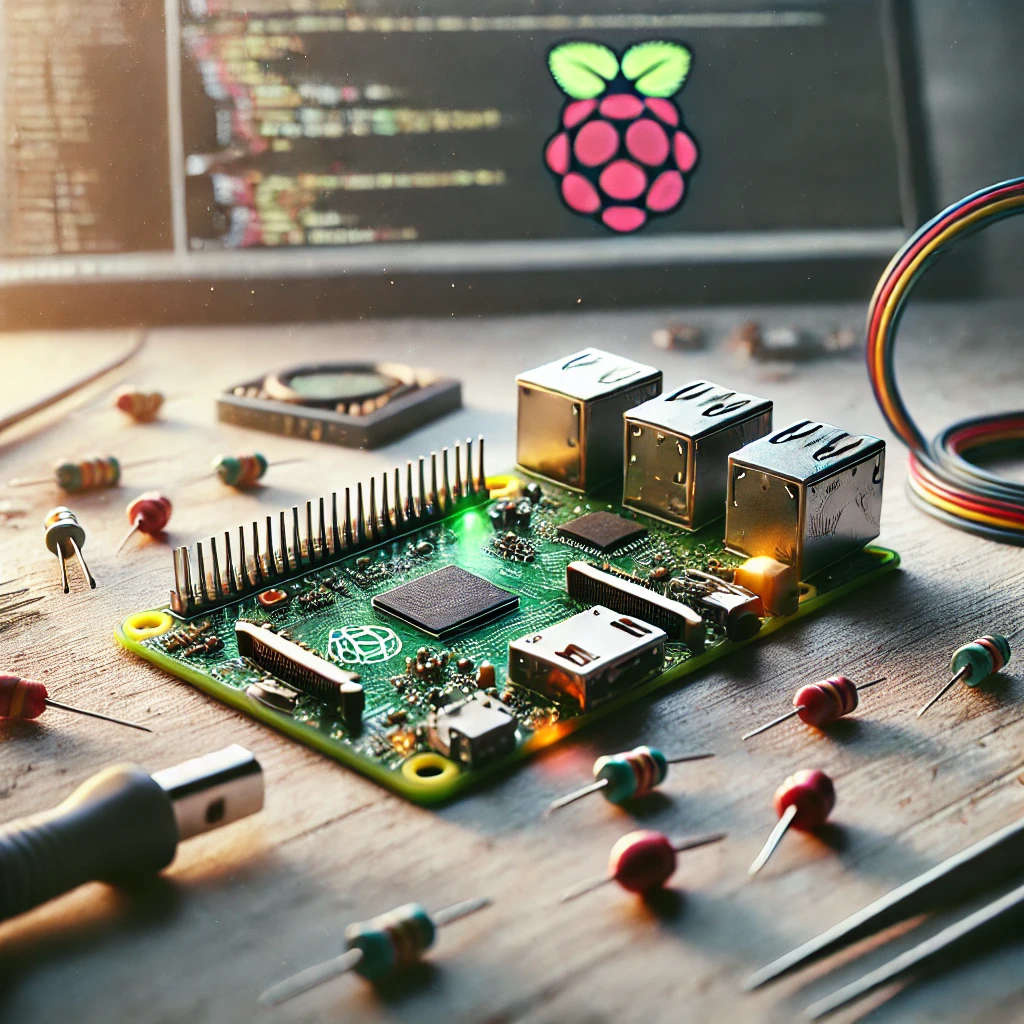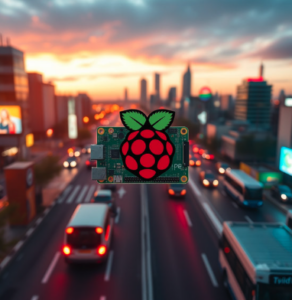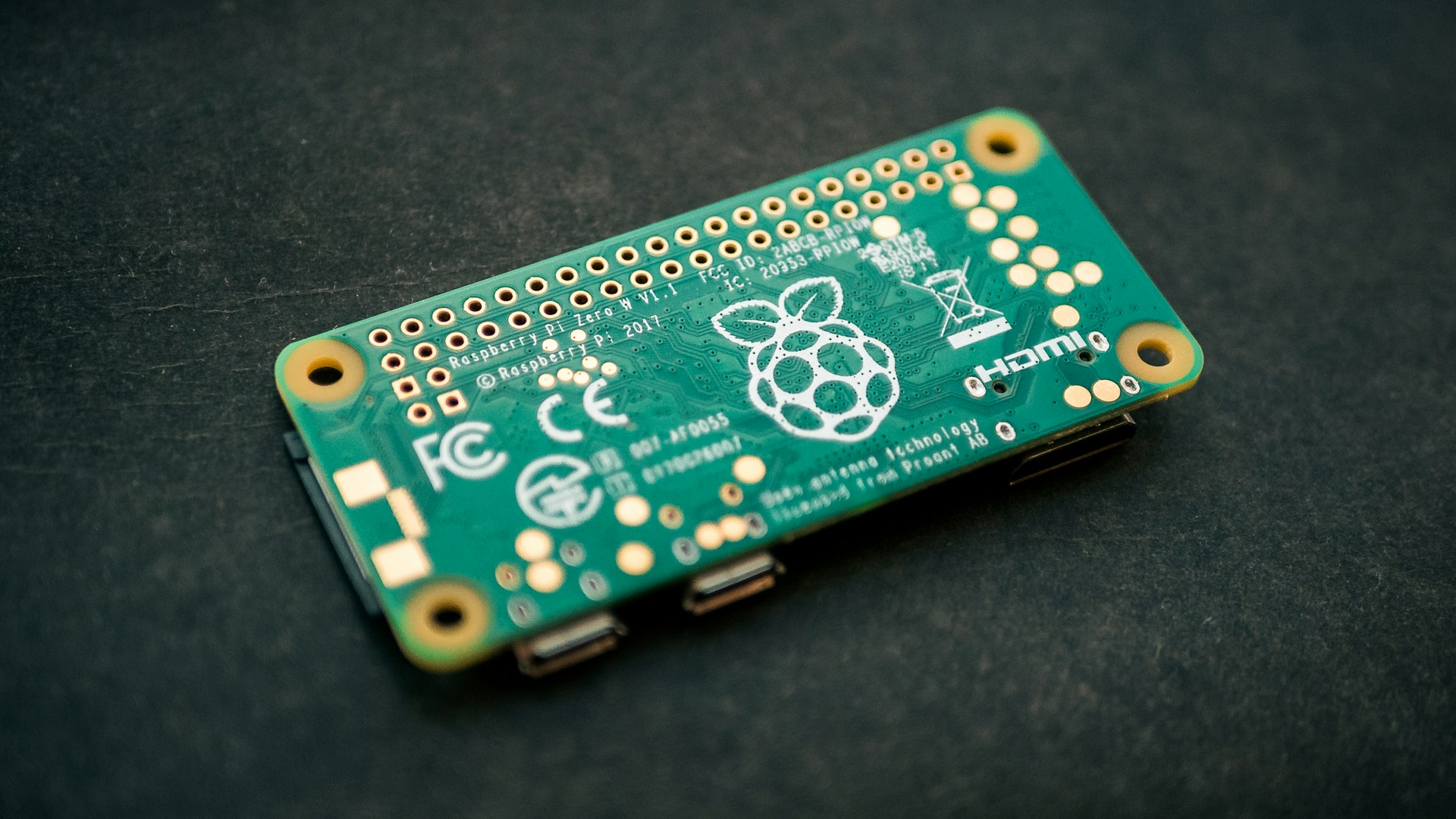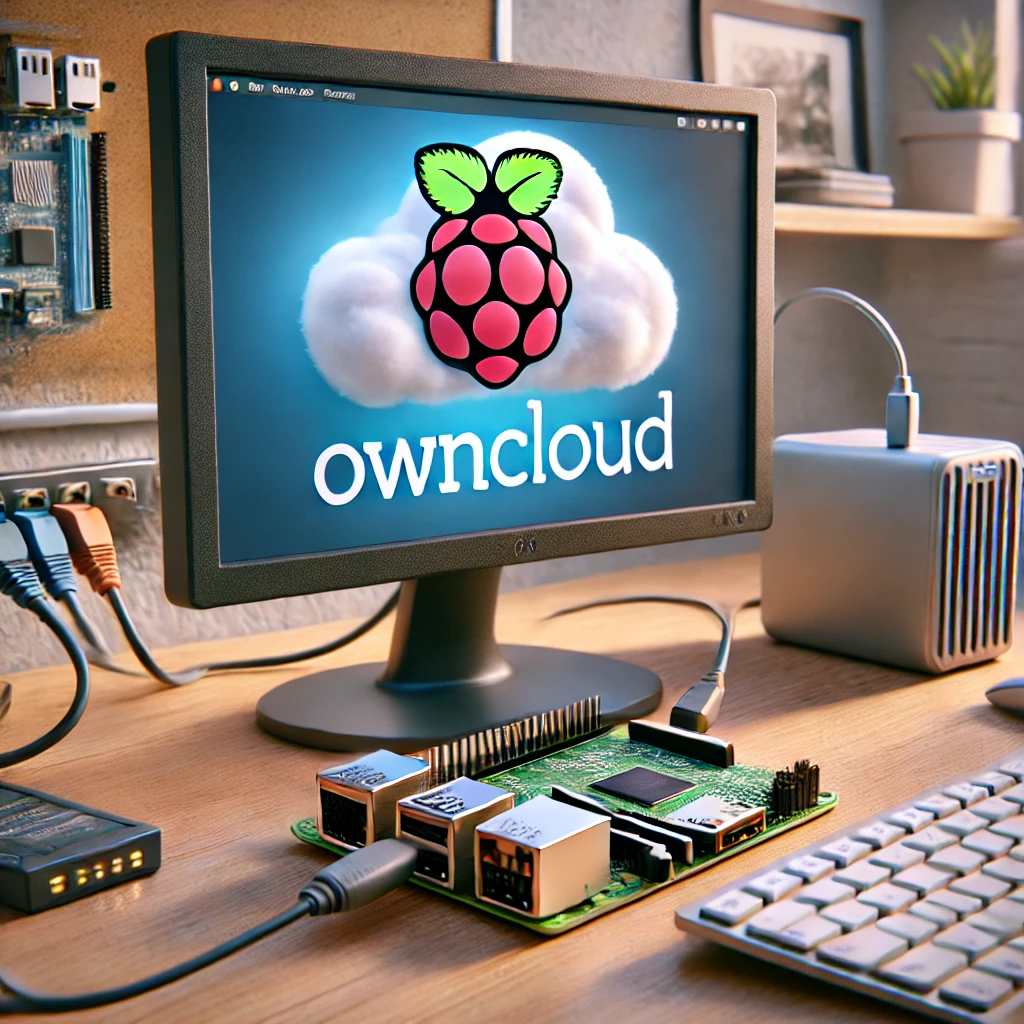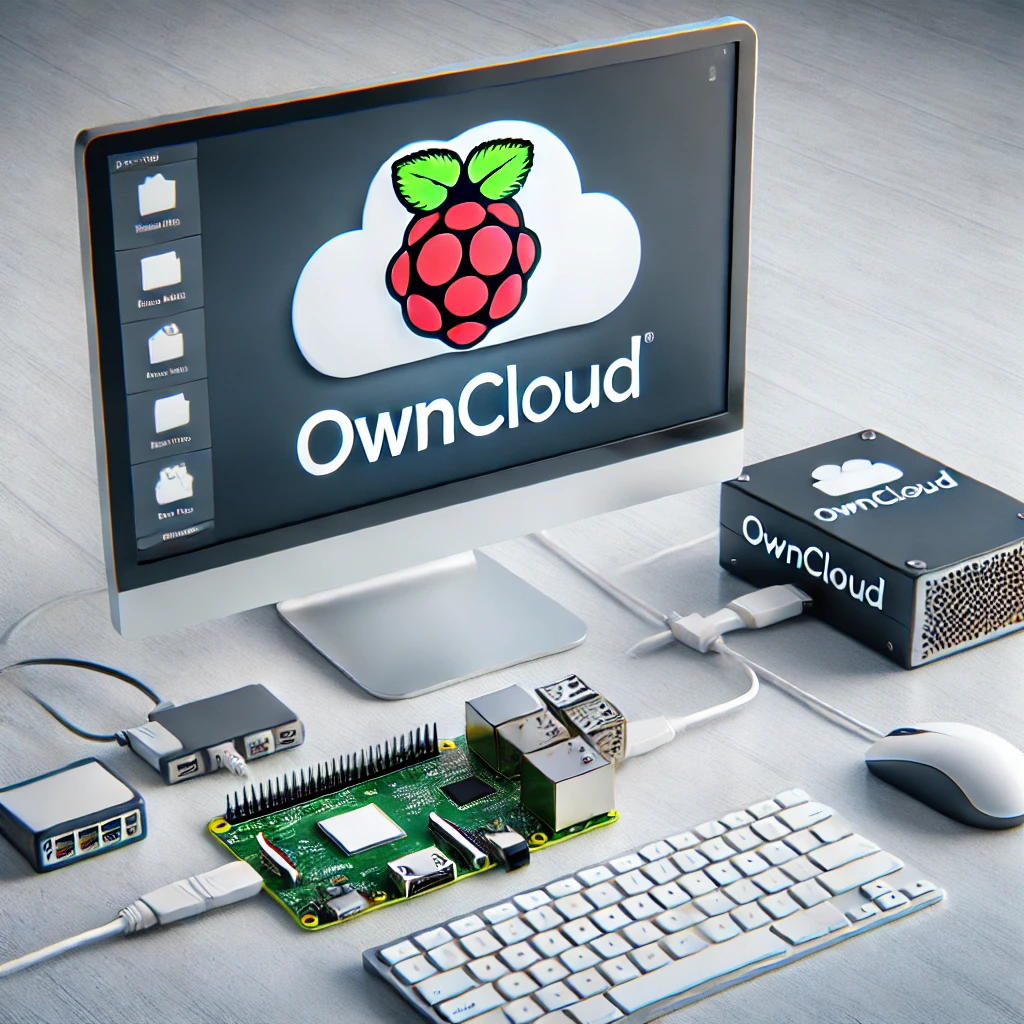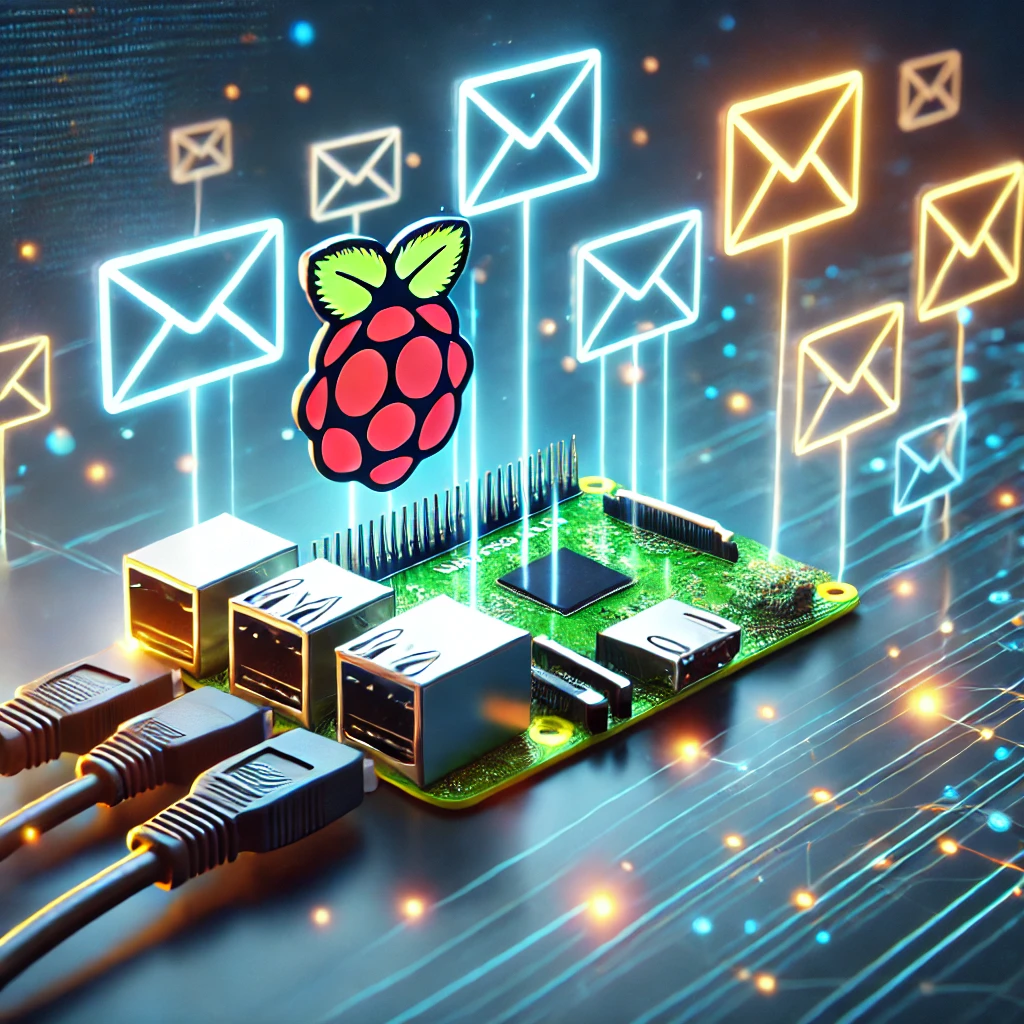The Raspberry Pi, a small yet powerful single-board computer (SBC), has captured the attention of technology enthusiasts, educators, and professionals worldwide. Since its launch in 2012, this pocket-sized device has evolved into a versatile platform with applications in education, IoT (Internet of Things), automation, and beyond.
In 2024, the Raspberry Pi remains a cornerstone of innovation due to its affordability, flexibility, and community support. However, like any technology, it is not without its limitations. While its strengths make it an accessible and versatile solution, its weaknesses reveal areas where it falls short in meeting advanced computing needs.
This guide dives deep into the advantages and disadvantages of the Raspberry Pi, shedding light on its practical applications, constraints, and future potential. Whether you’re an educator introducing students to programming or an engineer developing IoT solutions, understanding the Raspberry Pi’s strengths and weaknesses will help you make informed decisions.
Strengths of the Raspberry Pi
1. Affordable Pricing
The Raspberry Pi’s affordability is one of its most compelling features. With prices ranging from $5 for the Raspberry Pi Zero to $75 for the Raspberry Pi 4 Model B, it offers unparalleled value in the world of computing. Its cost-effectiveness has democratized access to technology, making it a popular choice in classrooms, workshops, and low-budget projects.
In educational settings, schools and universities can equip students with Raspberry Pi devices for hands-on learning without straining their budgets. Similarly, hobbyists and small businesses benefit from its low price point, enabling experimentation and prototyping at a fraction of the cost of traditional computers.
Despite global challenges like chip shortages and inflation, the Raspberry Pi Foundation has maintained its commitment to affordability. By leveraging economies of scale and fostering a strong ecosystem, they ensure the device remains accessible to a global audience.
The affordability extends beyond the device itself. Users can repurpose existing peripherals such as monitors, keyboards, and power supplies, reducing overall costs. Additionally, free resources, including Raspberry Pi OS, open-source software, and online tutorials, further enhance its value proposition.
For low-income regions or developing countries, the Raspberry Pi offers a vital tool for education and entrepreneurship. Its low cost opens doors to opportunities in technology, coding, and innovation that would otherwise be out of reach.
2. Compact and Lightweight Design
The Raspberry Pi’s small size, comparable to a credit card, makes it a versatile solution for projects requiring portability or integration into compact spaces. Its lightweight nature, especially in models like the Raspberry Pi Zero, enables applications where weight is a critical factor, such as drones, wearable devices, and portable gadgets.
For hobbyists, the compact form factor facilitates creative designs like portable gaming consoles, miniature media servers, and hidden surveillance systems. Engineers and developers appreciate its ability to fit seamlessly into industrial equipment for tasks like real-time monitoring and automation.
The device’s portability also benefits educational environments. Students can carry their Raspberry Pi setups between home and school, fostering learning in diverse settings. For teachers and instructors, the compact size simplifies organizing workshops and demonstrations.
Additionally, the Raspberry Pi’s design encourages modularity. Its GPIO (General Purpose Input/Output) pins allow users to connect sensors, actuators, and peripherals, enabling projects ranging from weather stations to robotic arms. This adaptability enhances its appeal across various domains, from DIY enthusiasts to professional developers.
3. Versatility in Applications
Few devices can match the Raspberry Pi’s versatility. Its capability to run multiple operating systems, including Raspberry Pi OS, Ubuntu, and specialized platforms for IoT, positions it as a flexible solution for diverse needs.
In education, the Raspberry Pi is a powerful tool for teaching coding, electronics, and robotics. Its GPIO pins provide an interactive platform for learning, enabling students to connect hardware components and develop practical skills. By 2024, Raspberry Pi kits have become a staple in STEM (Science, Technology, Engineering, and Mathematics) education worldwide.
Home automation enthusiasts leverage the Raspberry Pi to control smart devices and create IoT hubs. By integrating with platforms like Home Assistant, users can automate lighting, security systems, and temperature control, transforming their homes into smart environments.
In entertainment, the Raspberry Pi excels as a media center. Software like Kodi and Plex allows users to stream content, while RetroPie enables retro gaming experiences. The device’s affordability and flexibility make it an attractive alternative to expensive commercial solutions.
Emerging use cases in 2024 include environmental monitoring and healthcare. Raspberry Pi devices are being deployed to track air quality, analyze weather patterns, and provide telemedicine solutions in remote areas. This adaptability ensures the Raspberry Pi remains relevant across industries and applications.
4. Extensive Community Support
A robust and active community is one of the Raspberry Pi’s greatest strengths. Since its inception, enthusiasts, educators, and developers have built a rich ecosystem of support, sharing knowledge, resources, and projects.
Online forums, including the official Raspberry Pi website and platforms like Reddit and Stack Overflow, provide solutions to common issues and inspire new ideas. Beginners can access step-by-step tutorials, while experienced users contribute advanced guides and open-source software.
The Raspberry Pi Foundation plays a crucial role in fostering this community. By organizing competitions, hackathons, and events, they encourage innovation and collaboration. Educational initiatives, such as the Raspberry Pi Certified Educator program, empower teachers to integrate the device into their curricula.
Third-party developers and manufacturers have also enriched the ecosystem with accessories like camera modules, robotics kits, and HATs (Hardware Attached on Top). These add-ons enhance the Raspberry Pi’s functionality, enabling users to expand their projects without starting from scratch.
This extensive support network ensures that users at all skill levels can successfully navigate the Raspberry Pi’s capabilities, making it an approachable and rewarding platform.
Weaknesses of the Raspberry Pi
1. Limited Performance
Despite its impressive capabilities, the Raspberry Pi cannot compete with traditional desktops or laptops in terms of processing power. Tasks that require significant computational resources, such as video editing, machine learning, or running large databases, are beyond its capacity.
The Raspberry Pi 4 and newer models have made strides in improving performance with faster CPUs and increased RAM options. However, even the most advanced models struggle with demanding applications, such as 4K video editing or real-time AI processing.
For professionals and developers, these limitations can be a significant drawback. While the Raspberry Pi excels in prototyping and lightweight tasks, it falls short in scenarios requiring sustained high performance. This limitation highlights the importance of understanding the device’s constraints before committing to specific projects.
2. Storage Constraints
The Raspberry Pi’s reliance on microSD cards for storage is both a strength and a weakness. While microSD cards are compact and affordable, they are slower and less durable than SSDs (Solid-State Drives).
For applications requiring extensive data storage or frequent read/write operations, the limitations of microSD cards become apparent. Users may experience slower performance and a higher risk of data corruption over time. External storage options, such as USB drives or external hard drives, can mitigate these issues but add to the overall cost and complexity.
3. Connectivity Challenges
Although the Raspberry Pi supports Wi-Fi and Bluetooth in most models, connectivity can sometimes be unreliable, particularly in environments with heavy interference. For IoT projects or applications requiring stable network connections, these limitations can hinder performance.
In remote areas, where internet access is limited or inconsistent, the Raspberry Pi’s dependence on external modules for features like real-time clocks adds further complexity. Users must carefully plan and configure their setups to address these challenges.
4. Limited GPU Capabilities
While the Raspberry Pi’s GPU (Graphics Processing Unit) is adequate for basic graphical tasks, it falls short in handling intensive workloads like advanced gaming or 3D rendering.
For users requiring robust graphical performance, alternative SBCs (Single-Board Computers) like the Nvidia Jetson Nano offer more suitable options. This limitation underscores the importance of choosing the right tool for specific tasks.
The Raspberry Pi is a remarkable device that continues to push boundaries in technology, education, and innovation. Its affordability, compact design, versatility, and strong community support make it a valuable tool for beginners and experts alike. However, understanding its weaknesses, including performance constraints, storage limitations, and connectivity challenges, is crucial for maximizing its potential.
By addressing these limitations through thoughtful planning and supplementary components, users can unlock the Raspberry Pi’s full capabilities. As technology evolves, the Raspberry Pi remains a powerful platform for learning, creativity, and problem-solving in 2024 and beyond.
Feel free to check out our other website at http://master3dp.com/ where you can learn to 3D print anything needed for a project.

